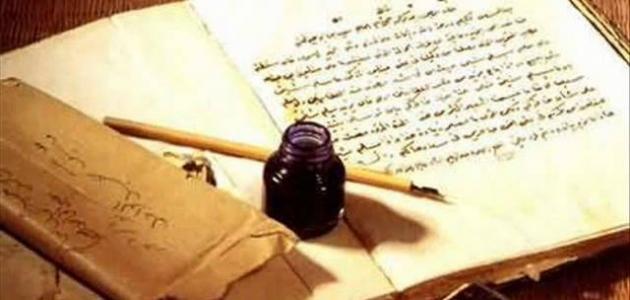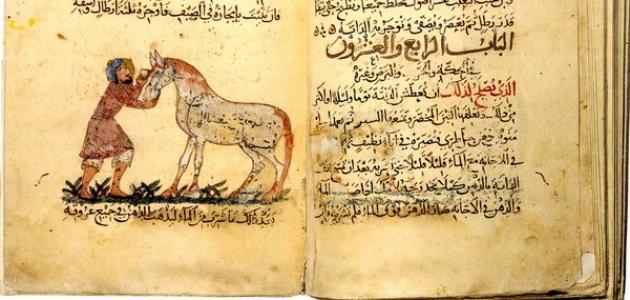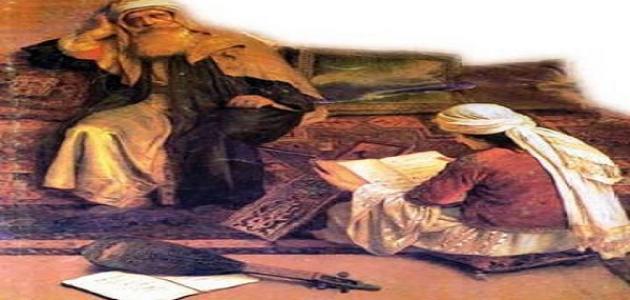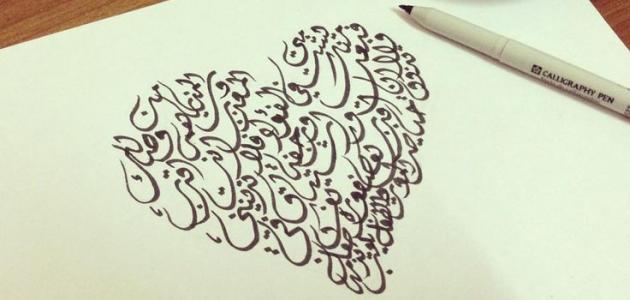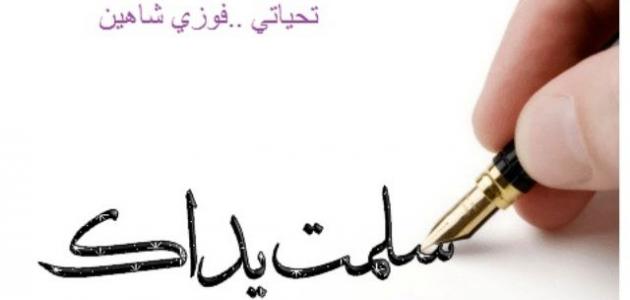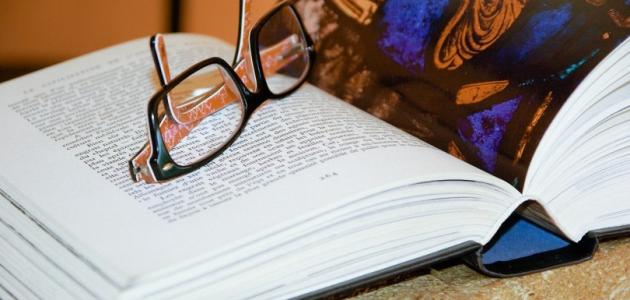Hair
Poetry is a chosen word composed, and it is balanced and has a rhyme, and indicates a specific meaning, and is distinguished by its reliance on imagination; Which affects the same recipient and brings pleasure to him; Where it results from feelings and emotions, the poet transforms them into meanings and words that carry a musical rhythm, emotions, and imaginary and realistic artistic images. The poetic image is an important element. To influence the reader and highlight the meaning.
ancient poetic image
The poetic image of the ancients received attention and analysis, and the critic Ihsan Abbas confirmed that poets have used the poetic image since ancient times, as he said: “The image is not something new, for poetry is based on the image since it was found until today, but the use of the image differs from one poet to another. Also, modern poetry differs from ancient poetry in the way it uses images.” Many Arab critics have studied it, such as Abd al-Qaher al-Jurjani. Al-Jahiz also had a say in this, as he said: “Poetry is a graphic art, and a large part of its beauty is based on the poetic image and good expression.”
New poetic image
This term began to appear in the late nineteenth century, and it has spread under many names, such as the artistic image, photography in poetry, or the literary image. The poetic image is a process of mutual interaction between the poet and the recipient of ideas and senses, through the poet's ability to express this interaction in a poetic language based, for example, on metaphor, metaphor, and analogy. In order to stimulate the recipient's sense and response, and in the following statement.
Read also:Introducing the writer, Mustafa Sadiq Al-Rafeielements of the poetic image
The elements that make up the poetic image are represented in language, music, and what it includes of weight, rhyme, rhythm, and inspiration, as well as thoughts, feelings, and emotions.
Poetic image and fantasy
It must be noted that the poetic image is linked to the imagination. It is the result of the poet's imagination and ideas. The imagination allows the poet to enter behind things and extract the dimensions of meaning. Because it is his way to bring out what is in his heart and mind to the outside world in order to share his idea with the recipient. Therefore, the poet should have a wide imagination. In order to be able to explode his ideas and deliver them to the recipient.
Ways to use the poetic image
The poetic or artistic image - as it has been termed recently - comes in several forms, and performs its function in conveying the intended meaning in several ways, including: symbol, metaphor, simile, metaphor, and metaphor, and in what follows is an explanation for each of them:
- Symbol or suggestion: It is a few words that refer to many or deep meanings, and it is the use of specific signs or images. To express abstract emotions and ideas, that is, there is an exchange between the word and what it symbolizes, as Mahmoud Darwish said: “The pigeons fly”; To symbolize the lost peace in his homeland.
- Metaphor: It is the use of the word in other than its true meaning, and the origin of the metaphor is an analogy that deletes one of its two ends, the face of the similarity, and the tool of analogy, as if it is said that God Almighty brought people out of darkness into light, so here the word darkness was borrowed to denote misguidance, and the word light to denote guidance. And as the poet says: “It rained pearls from a narcissus and watered … a rose, and bit the jujube with the cold.”
- For example, the poet borrowed pearls for tears, which is an explicit metaphor.
- analogy: It is appending one thing to another to describe it using a simile, such as saying: A girl is like the moon in beauty. The pillars of similitude in this sentence are: the ambiguous, which is the girl, and the similitude, which is the moon, and the likeness is beauty, and the kef is the similatory tool. One or more elements of the simile may be omitted, as in the poet’s words: “It is as if you are the sun and kings are planets.
- The similarity has been omitted here, and it is clear from the content; As this king resembles kings in courage, generosity, and grace, for example.
- metaphor It is the word that is used in other than what is usually established for it, such as saying among people that So-and-so speaks in pearls, so the word pearls is pearls, but it was used here in a wrong place. to describe eloquent speech; For the similarity of words and pearls in beauty, and as the poet said: My camel complained to me about the length of its secret, and the truth is that the camel does not complain, but rather the poet expressed his frequent travels; Which made the camel tired, and spent on it, and if the camel was speaking, it would complain of fatigue.
- euphemism: It is a term intended for the true or original meaning to denote a specific characteristic, such as describing so-and-so as a lot of ashes as a metaphor for generosity, as the poet says: long-standing, high-spirited, a lot of ashes when it is winter
- The real meaning is that he lights a lot of fire for cooking, and this is a metaphor for his generosity.
The importance of the poetic image
The poetic image is not an addition to which the poet resorts to beautify his poetry, but rather it is the core of the poetic work that must be characterized by delicacy, honesty, and beauty. Poetic images can deviate from the usual, and there is no doubt that the poetic image has its function and importance in the poetic process, and among the most important things that clarify this are the following:
Read also:Guidance text on hygiene- The poetic image represents the poet's thought; As the poet's choice of words indicates the poet's ingenuity, and his ability to choose the appropriate words that express the idea.
- The poetic image represents one of the criteria by which the authenticity of the poetic experience is judged, and the poet's ability to influence the soul of each of the recipient, the critic and the creator.
- The poet expresses in poetic form situations that cannot be understood or embodied without the image.
- The poetic image also expresses the poet's emotions and feelings, so the image becomes the feeling, and the feeling is the image.
- The poetic image allows the poet to deviate from the usual speech, as if the poet combines discordant words, i.e. inconsistent.
- The poetic image has a role in achieving pleasure for the recipient, and influencing it, by conveying the idea in a clearer way, and explaining and clarifying the meaning; Which affects the recipient more.
